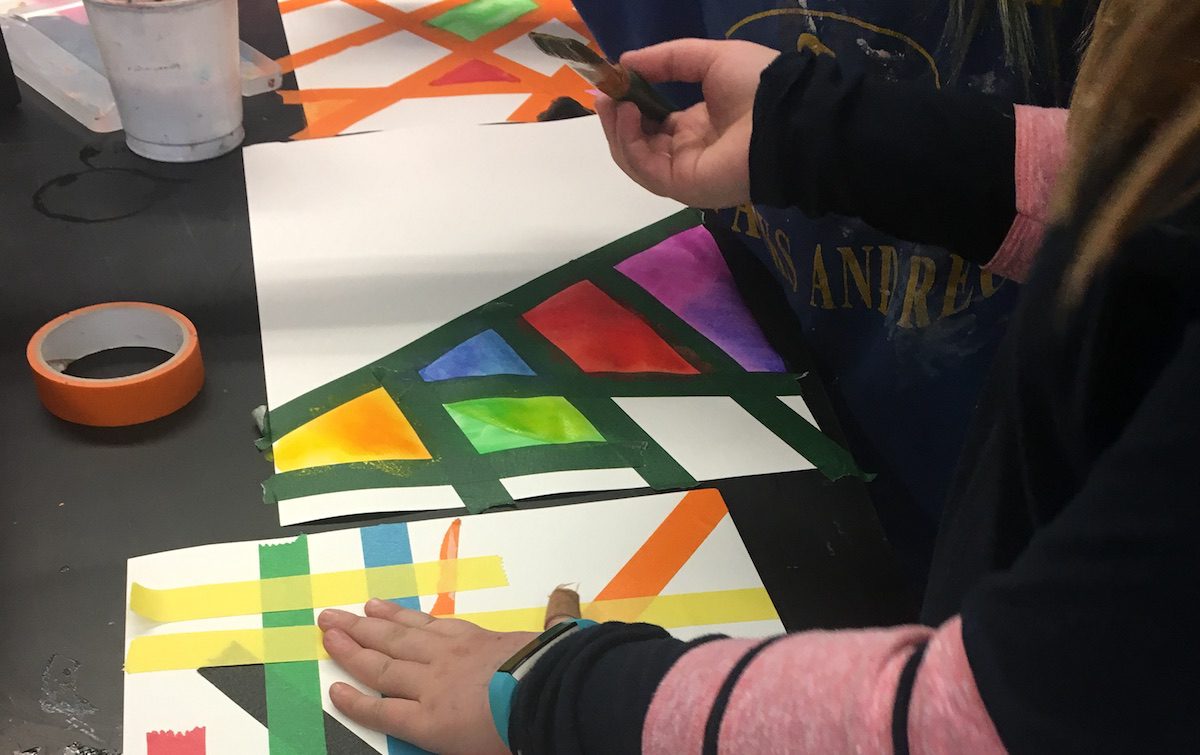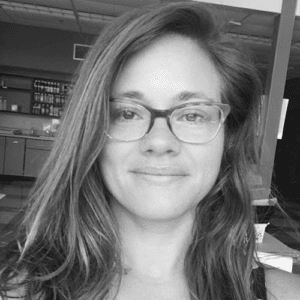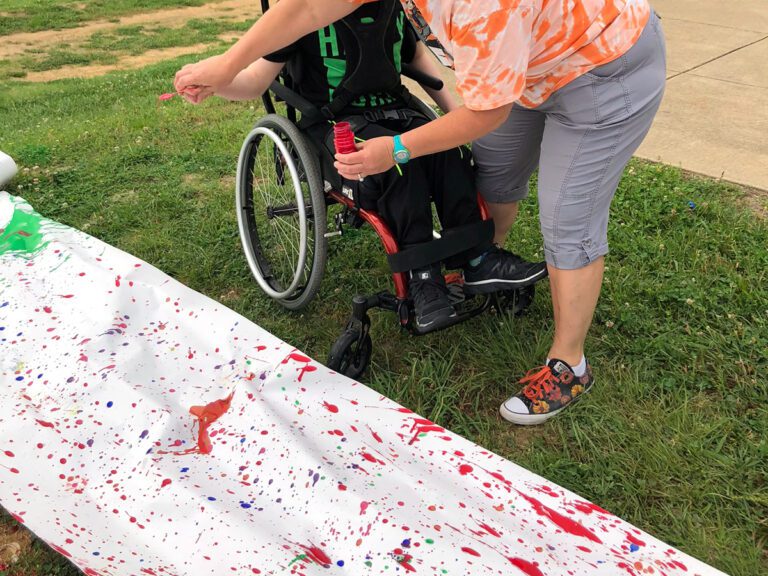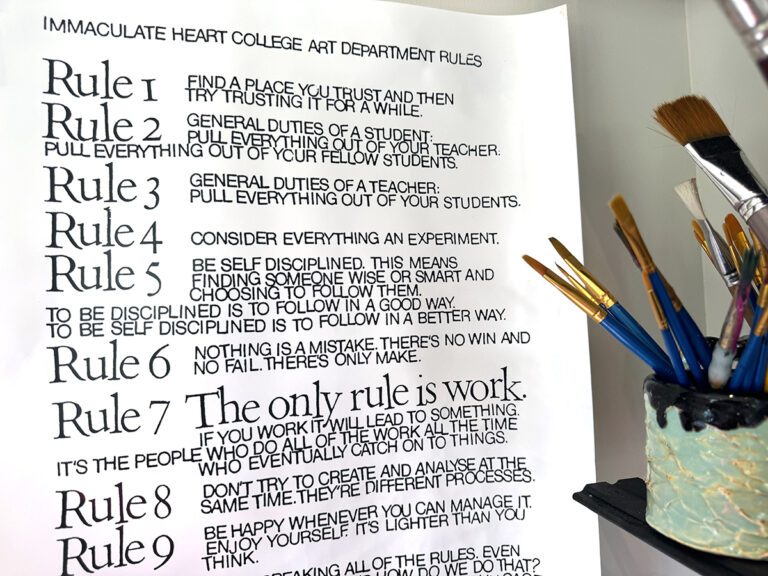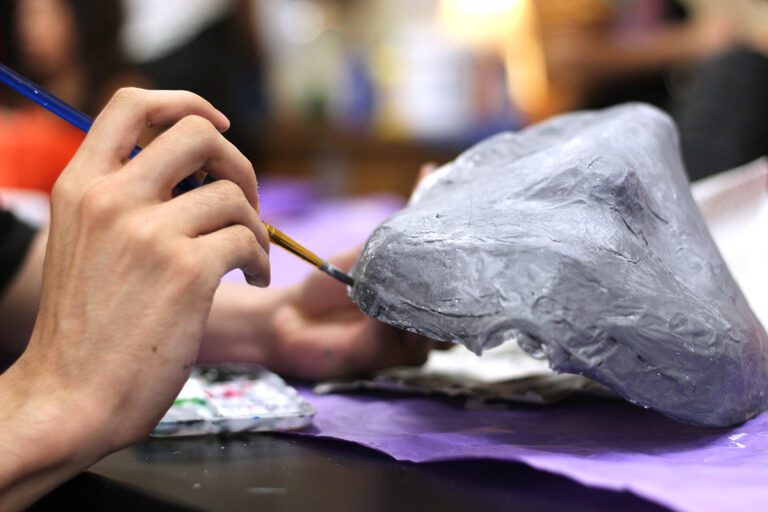With the school year quickly approaching, you may be filled with excitement, apprehension, or a little bit of dread. You may even be feeling a little apathy, especially after years of teaching. Sometimes it can be tough to find the new idea to light your fire for the year ahead. That’s one reason I decided to dive into the Choice-Based Art Education course at AOE.
Choice is not a passing buzzword in art education. Choice is an important component of teaching creative, independent thinkers. Luckily, art teachers have always been leaders in the learner-directed education movement. With the new push for offering more choice, it can seem like a lot of new information to keep up with. Whether you run a full-choice classroom or offer choice within your projects, we can all benefit from brushing up on what choice means for us and for our students.
Today I’m sharing 5 ideas I gleaned from the course to revitalize your practice for the year ahead.
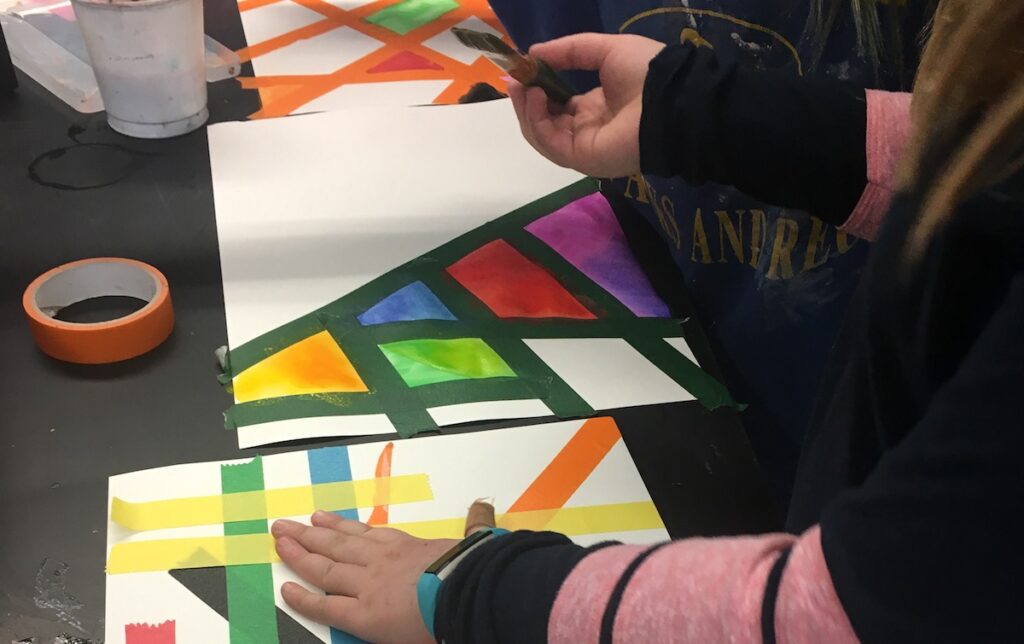
1. Don’t be afraid to change.
- What is if it’s too much work?
- What if my kids hate it?
- What if I lose control of discipline?
- What if my administration doesn’t agree?
There are lots of reasons NOT to try choice or NOT increase the amount of choice in your classroom. Often, the fear of trying something new and breaking outside our comfort zone is enough to make a teacher say “forget it.” Sometimes things are hard and they don’t work out, but if we’re teaching our students to have a growth mindset then we should practice what we preach.
Instead of fearing the unknown, replace that fear with something else, namely research. Get online and share your fears with others. Chances are, someone else is feeling the same way or felt that way in the past and knows how to overcome it! Start looking at books and blogs about learner-directed classrooms and see how others found success. You’re not required to reinvent the wheel.
If you’re already offering full or modified choice, think about how you can break outside your comfort zone and try something that scares you. Sticking with what works is good, but if we never try anything new our classroom can get boring and stale. Start by opening a new center, researching a new choice style, or offering a media type you’re not comfortable teaching. You don’t have to be an expert to get your kids thinking and making. The benefit is, you’ll be learning right along side your kids!
2. Control is not the goal.
The goal of a good learning environment is not control. Having control over your students’ behavior doesn’t mean they have learned to regulate their behavior. Having control over the classroom materials doesn’t mean your kids have learned to be responsible and respectful. Lastly, having control over the quality of student work absolutely does not show your students are better artists or thinkers.
Learner-directed classrooms allow students to have control over the space, materials, and more importantly, over their own artistic process. This does not result in mayhem, bad behavior, or poorly made artwork. That’s because choice classrooms have high-standards and natural consequences like any other classroom. The difference is good studio care unlocks more freedom and choices, while poor studio care limits those things. Students learn to have freedom, they must take responsibility for their actions exactly like in the real world!
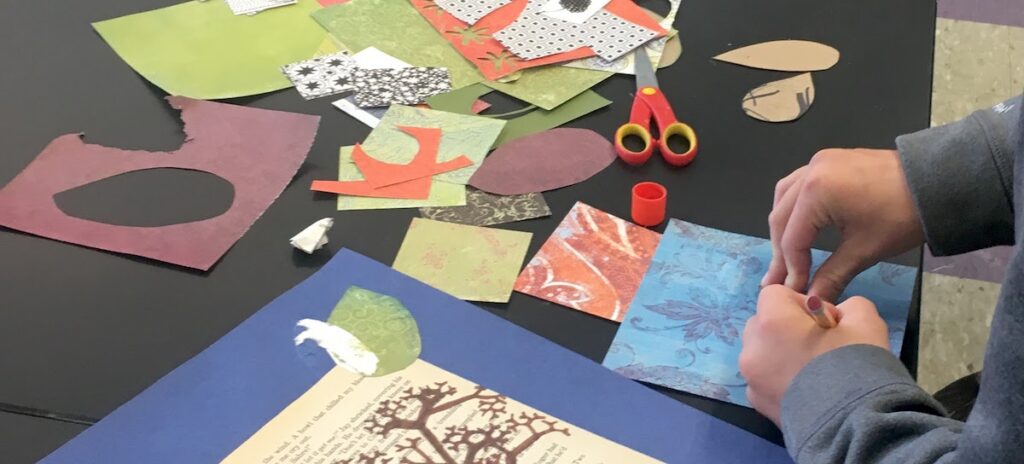
3. It’s okay to take a step back.
To be a good teacher, you do not always have to rescue your students or insert your ideas into their projects. One idea that stood out to me in the class was that successful artists are comfortable with ambiguity. They can be posed with a problem without a correct answer and be willing to work through it. Very few things teach us this skill like artmaking does!
The more I researched what it means to be comfortable with ambiguity, the more I realized this is a growing idea in business, education, and the future of the world. It teaches confidence in one’s ideas, the ability to self-start without knowing the whole picture, how to deal with stress, and how to collaborate to find answers. Comfort with uncertainty is a necessary tool for leadership and teamwork. Although we as teachers may not feel comfortable letting our students flounder a bit, it is a skill we are going to have to be comfortable with as educators.
Here’s one idea to start with. Instead of creating an exemplar for your next lesson, try teaching a skill, posing a question, and defining parameters. Then, let kids feel a little confused. Explain that confusion is part of the learning when there is not a correct answer. Take a day to walk around your classroom and listen, resisting the urge to offer answers and expertise. It may take a while to change the culture of your classroom, but soon students will stop looking to you for answers. They will start looking for the answers independently or with their peers.
4. We should all teach 3D.
Many art teachers feel uncomfortable teaching sculpture for a variety of reasons. Maybe you went to school for painting. Maybe there’s not enough storage in your art room. Maybe you just hate the mess.
However, according to designer and CEO Tim Brown, as many as 50% of young children’s play is spent engaging in “construction play” where they learn from building three-dimensionally. Unfortunately, children are locked in a predominantly 2D world where they often interact with a screen or a piece of paper. Very rarely do they get to learn in three-dimensions.
Budget and space constraints aside, art should include at least one type of three-dimensional art. This can take more traditional forms such as clay or found object sculpture or you can explore ideas like installation, paper sculpture, modeling dough or clay. Even a simple building block area can be incredibly profound. However you can get students building in space, you should try it. No more excuses!
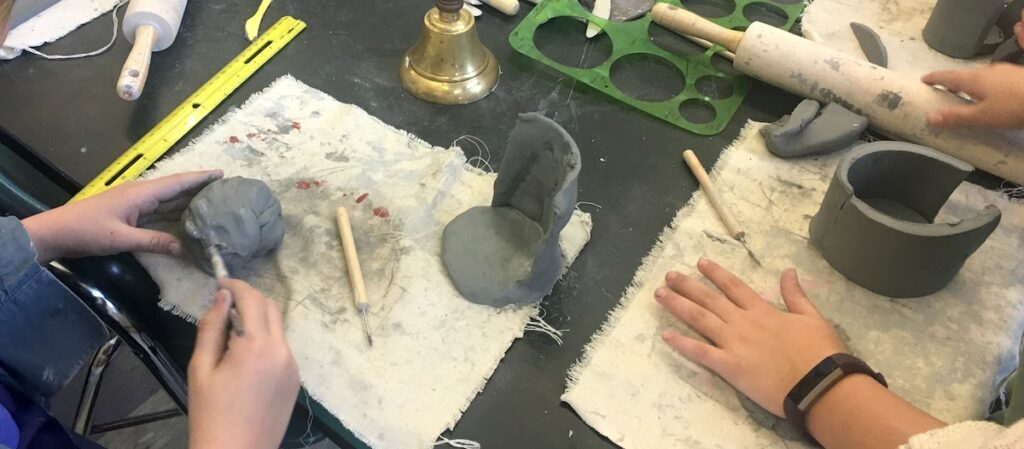
5. Connecting with other teachers is reinvigorating.
This is something we know but often are surprised by when we finally do it. Connecting with others in our profession is priceless. In the Choice-Based Art Education course, I was able to have a lens into people’s classrooms and philosophies, hear their fears and apprehensions, and benefit from learning how they found success. It was inspiring to have the support and suggestions of others in my field, especially when it came to assessment, classroom management, and organization.
This reminded me not to take so much time before taking another class and to not be too apprehensive about sharing in professional forums. It reminded me why, as art teachers, we especially need to work at this because we are often isolated. It also made me very thankful for teachers who blog and post videos about their practice and for other websites and social media platforms that connect teachers.
Even though I run a full choice-classroom, I left the choice-based course feeling supported with new information and re-energized to try new things. It helped me see where I could grow and change as a choice teacher, helped me hone my “elevator pitch” for administration and parents, and made me take a close look at my assessment practice. It also reminded me what I’m doing has evidence to support its validity and a huge community of support out there. Lastly, I now have the last three graduate credits to submit for my districts pay scale requirements! What’s better than that?
What have you learned in your most recent professional development?
How do you keep yourself from getting too comfortable in your teaching practice?
Magazine articles and podcasts are opinions of professional education contributors and do not necessarily represent the position of the Art of Education University (AOEU) or its academic offerings. Contributors use terms in the way they are most often talked about in the scope of their educational experiences.
